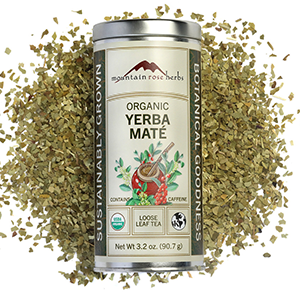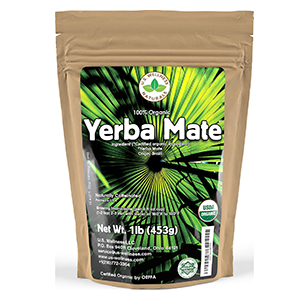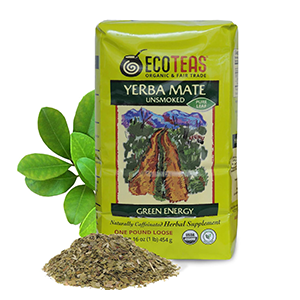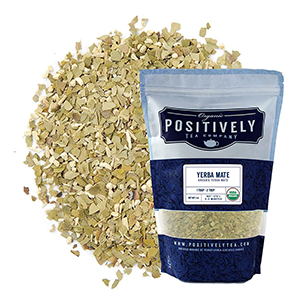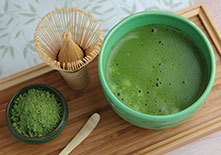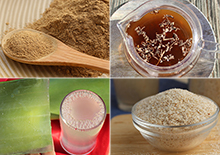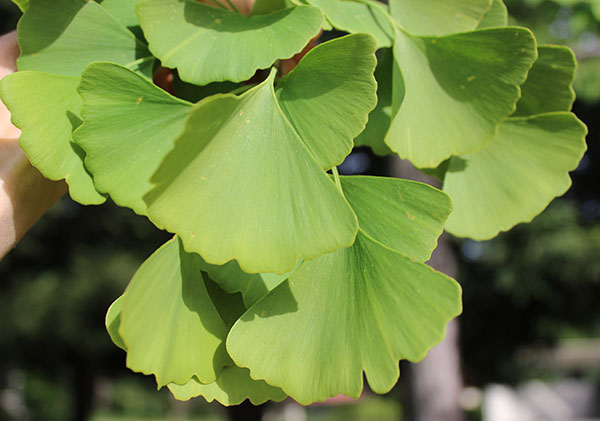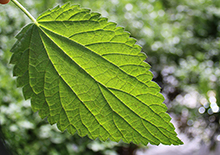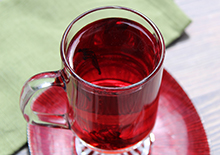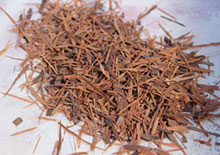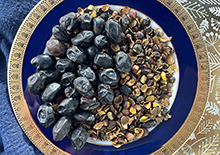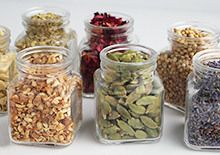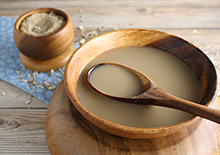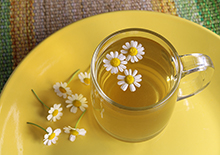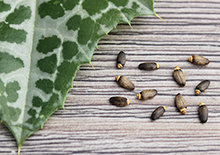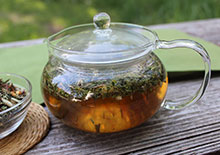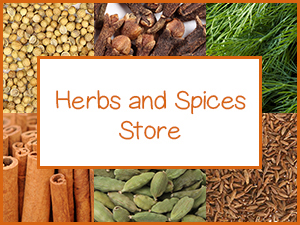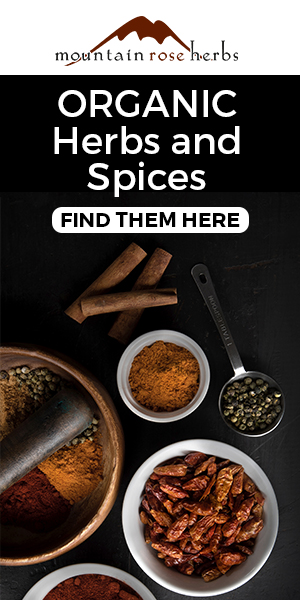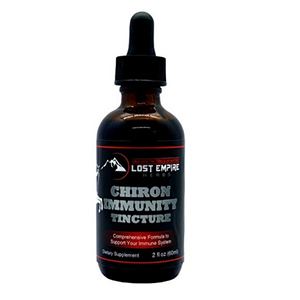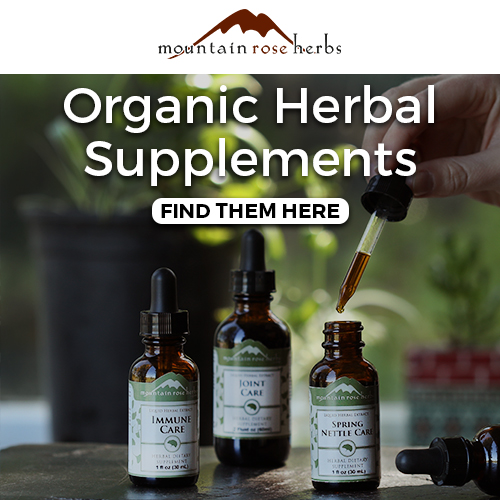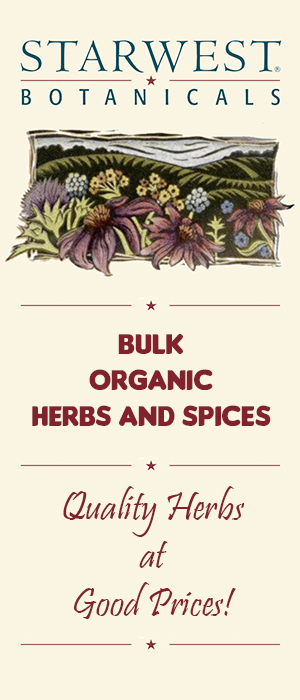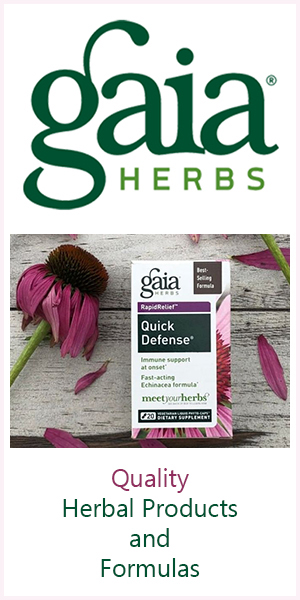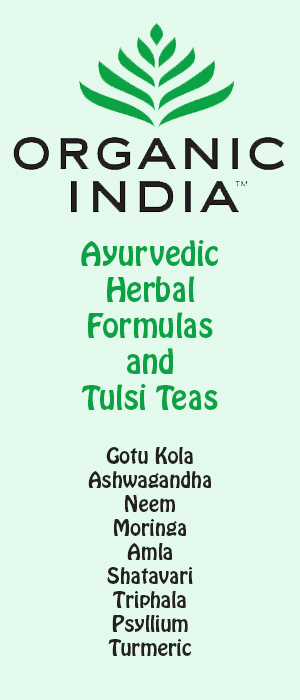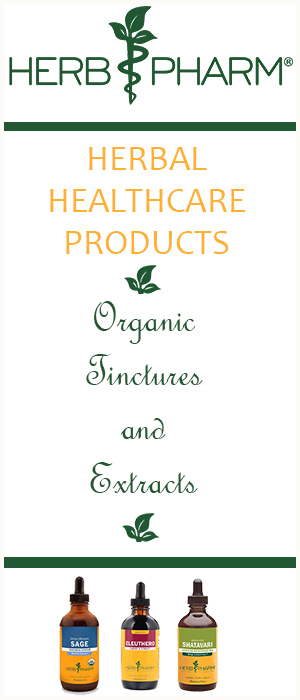- Home
- List of Herbs
- Benefits of Yerba Mate
Benefits of Yerba Mate Tea, A South American Tradition
What is Yerba Mate? | About Leaves | Caffeine Content | The Mate Tea Trend | 3 Benefits of Yerba Mate | Preparation | Taste | Precautions | Shop
What is Yerba Mate?
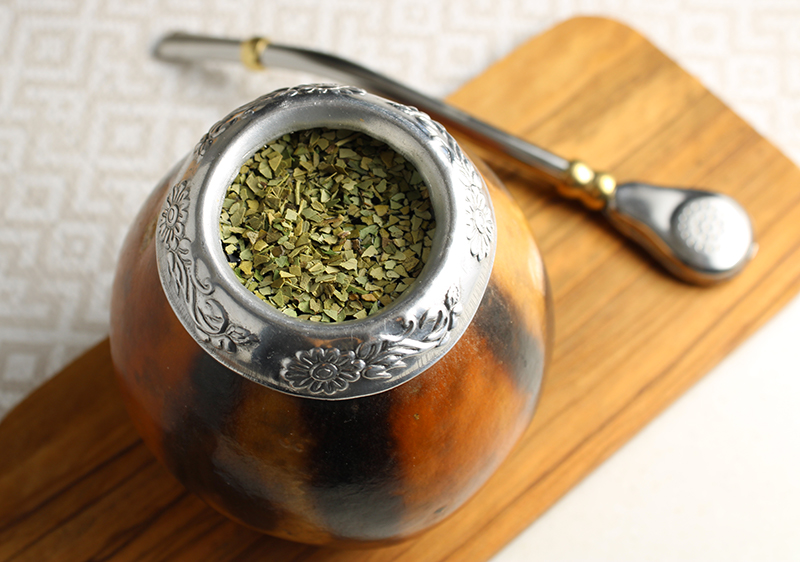
Yerba mate (yer-BAH MAH-tay) is an evergreen shrub in the holly family identified by the species Ilex paraguariensis. Like holly, it has thick green leaves and inedible red berries when fruiting.
The leaves, like green tea, black tea and the related yaupon species, are caffeinated and used to make a tea called "mate."
This is a traditional drink from South America, specifically Paraguay, Argentina, Uruguay and regions of southern Brazil and Chile.
Table of Contents
What is Yerba Mate? | About Leaves | Caffeine Content | The Mate Tea Trend | 3 Benefits of Yerba Mate | Preparation | Taste | Precautions | Shop
The word "yerba" means "herb ", and the word "mate" refers to the "cup or gourd" into which it is customarily infused.
Wild stands were first utilized by indigenous ancestral peoples of present-day Paraguay, mainly the Aché and Guaraní. They were the ones who initially cultivated yerba mate and consumed the liquid brew made from leaf infusions.
Before European colonization, mate tea was used exclusively by the natives of Tupí Guaraní families in two departments of Paraguay: Amambay and Alto Paraná.
About Mate Tea Leaves
The yerba mate plant eventually matures into a tree growing up to 49 feet or 15 meters tall and produces long thick green leaves with serrated edges.
In some climate zones, certain cultivars can be grown as an indoor potted plant or outdoor garden variety. It is widely cultivated in Brazil for commercial use as a plantation crop.
Two forms of dried yerba mate are with stem (con palo) and without stem (sin palo). Most commercial varieties sold worldwide are with stem. This means that when harvesting, leaves as well as small stems or twigs are collected, averaging about 95% leaf and 5% young stem.
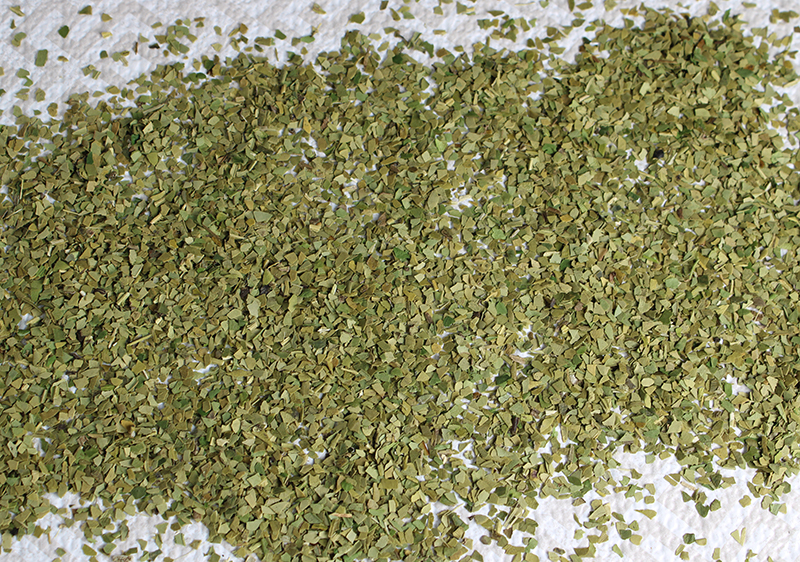
Yerba Mate Caffeine Content
Yerba mate leaves are a source of CAFFEINE and THEOBROMINE. The dried leaf contains about 1-2% caffeine and 0.3-0.9% theobromine and smaller amounts of other stimulating compounds like THEOPHYLLINE. Interestingly, these three components in different ratios are also found in cacao beans.
When comparing a 2 Tablespoon serving size of yerba mate to ground coffee, yerba mate is said to be slightly under (by about 15 milligrams), although this can vary significantly depending on type and brewing methods.
But on average one cup of mate tea contains approximately 80 milligrams of CAFFEINE compared to coffee at 95 milligrams.
Traditional brewing methods however yield WAY MORE caffeine because the portion of dried leaf to water is much higher at about a 3:1 ratio, producing a thick strong green beverage. This can be up to 130-260 milligrams of caffeine which closer to the equivalent of a double-shot expresso coffee.
One of the big differences between yerba mate vs coffee however is the higher THEOBROMINE content which helps to balance the effects of caffeine. Yerba mate tends to offer a soothing influence rather than an overstimulating and jittery one.
The Mate Tea Trend
While mate tea has long been consumed in South America, it is fairly new to many parts of the world.
We remember back in the 1990s when yerba mate first became trendy here in the United States. In small wellness-seeking communities, the dried leaf infusions were consumed traditional-style in gourds with straw sieves. (More on this type of yerba mate preparation below.)
Further down the road it became highly popularized as a cold beverage sold bottled and then later in cans.
Guayakí was one of the original American brands offering many flavored varieties of yerba mate and have now branched out to carbonated yerba mate drinks as well as energy shots.
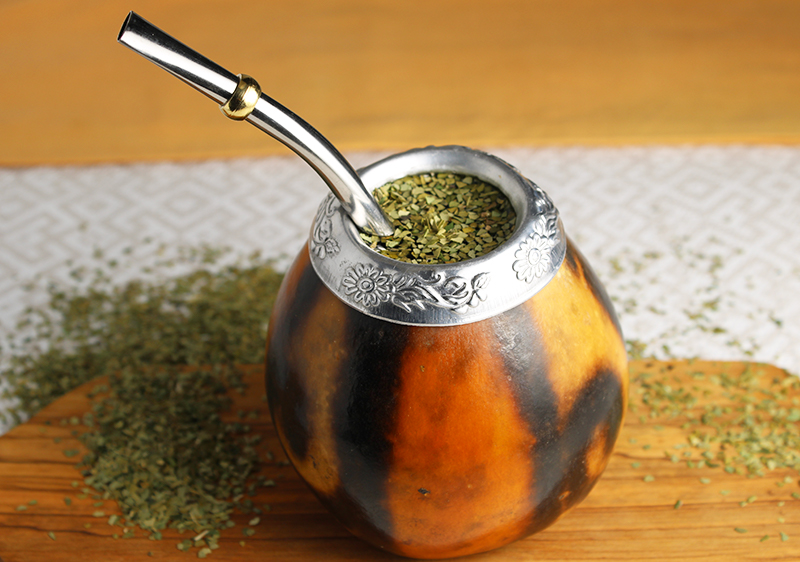
3 Benefits of Yerba Mate
1) Antioxidant Properties
2) Supports Healthy Colon
3) Energy Stimulant
1) Antioxidant Properties
One of the great benefits of yerba mate tea is its rich source of ANTIOXIDANTS helpful, as we know, for reducing oxidative stress in the body, neutralizing harmful free radicals and balancing inflammation.
Green unsmoked, unroasted yerba mate tea has been studied for its very high amount of polyphenol and flavonoid antioxidants, the main ones being HYDROXYCINNAMIC ACIDS (like CAFFEIC ACID and CHLOROGENIC ACID also prominent in coffee) as well as other CAFFEOYLQUINIC ACIDS, RUTIN and QUERCETIN.
In addition to these antioxidants, yerba mate tea leaf also contain SAPONINS. These are bitter substances naturally present in other plants and tonics, providing adaptogenic qualities that can foster immune health.
2) Supports Healthy Colon
Many of the mentioned phenolic compounds in Ilex paraguariensis leaves have been found to be useful for supporting a healthy colon in some research.
In one study an extract of yerba mate was shown to reduce inflammation in the colon influencing positive changes in intestinal microbiota and lessening the symptoms of colitis in mice tested.
Some science suggests that yerba mate's DICAFFEOYLQUINIC ACIDS may be involved in mitigating serious issues related to inflammation.
3) Uplifting Energy Stimulant
If you've ever had mate tea you are well aware that it is an energy stimulant. This is of course mainly due to its high xanthine alkaloids such as CAFFEINE.
While yes, drinking yerba mate should be done in moderation and not used in excess, it can be a healthier option over other caffeinated beverages.
These days with the overuse of so-called "energy drinks", yerba mate can provide a much better alternative when it comes to long-term health.
Yerba mate is still sold as a cold canned tea which can be a convenient choice over soda or these other less-than healthy drink options.
One of the other benefits of yerba mate is that, although it does contain caffeine, it also is uniquely balanced with THEOBROMINE. As we mentioned earlier, this helps to counteract the sometimes jittery side effects that caffeine can cause.
Theobromine and caffeine are both bronchodilators which help to open the lungs and can also encourage a positive influence on mood.
Likewise, if you need to improve focus and mental alertness, yerba mate might be one to add to the list of caffeinated herbal allies.
We consume caffeine in moderation. As a couple, one of us customarily enjoys a cup of coffee in the morning, while the other prefers stimulating tea options like yerba mate. Often, these beverages are spiked with different types of medical mushrooms, tonics and other herbs which is the way to go if wellness and potential longevity are your goals.
Yerba Mate Preparation
The first rule of thumb when it comes to mate tea preparation is to avoid boiling hot water which can release to tannins too quickly and cause bitterness. Most agree the ideal temperature is between 160-180°F (71-82°C).
Yerba mate tea is typically made straight in a gourd drinking cup and sipped through a straw called a bombilla. A bombilla is usually made out of stainless steel and is both a sieve for straining out leaves as well as a drinking straw. One side of the bombilla is flared with small holes and when submerged only lets the liquid in.
Mate tea-making traditions usually follow specific steps to create the best tasting and stimulating quality brew.
Traditional Yerba Mate Preparation:
- Fill a small gourd drinking vessel with 3/4 dried leaves. With your hand over the top turn the gourd over to shake them up. This will move the lighter dusty parts to the top.
- Tilt the leaves to one side, then add a small amount of room temperature water to bottom side without leaves. Allow the leaves absorb some of the water (about 3 minutes). This helps to activate the leaves to preserve flavor and nutrients before hot water is added.
- Place the bombilla in the hollow area opposite the leaf pile with the flat portion tilted under the leaves.
- Add hot water (not boiling) over the bombilla into the empty space only partly filling it.
- Sip through the bombilla after 3 minutes.This is the strongest in both flavor and caffeine content.
- It is customary to keep pouring hot water next to the leaf pile. There is usually dried leaves on the top and with each brew they become more and more submerged.
In South American tea drinking rituals the tea vessel is typically shared with others using very specific customs.
A more conventional less exciting way to drink yerba mate is using a French press or by simply infusing dried leaves into one cup of hot water and steeping for 5 minutes. Then strain out the leaves and drink. Yerba mate tea bags can also be used for convenience.
What Does Yerba Mate Taste Like?
Green yerba mate has a full-bodied herbal grassy taste somewhat resembling green tea.
It also comes roasted which produces a nuttier earthy flavored brew but this process can change some of the beneficial compounds.
The leaves are also traditionally smoked which generally we would avoid as teas will contain higher levels of carcinogenic hydrocarbons.
Precautions:
Yerba mate should not be consumed in large amounts by those with sensitivities to caffeine. It's best to avoid if pregnant or nursing. Consult a health professional before use if you have a serious medical condition or are taking any medications.
Shop Related Products (About Affiliates & Amazon Associate Paid Links)
Affiliate Disclaimer: This section contains affiliate product links. If you make a purchase through our recommended links, we receive a small commission at no additional cost to you. Thanks for the support.

